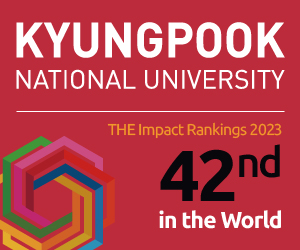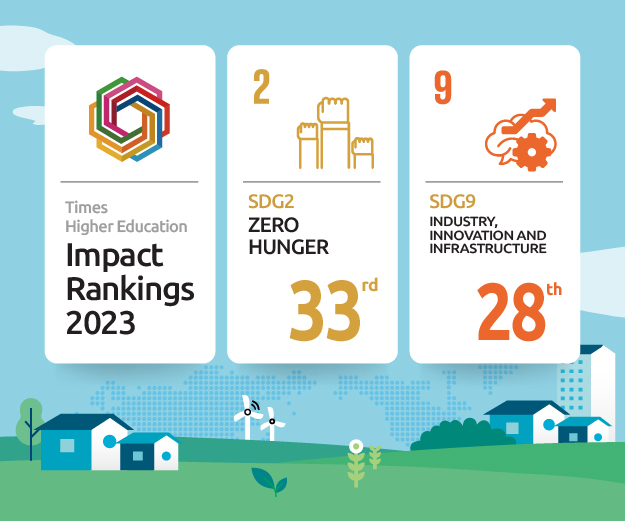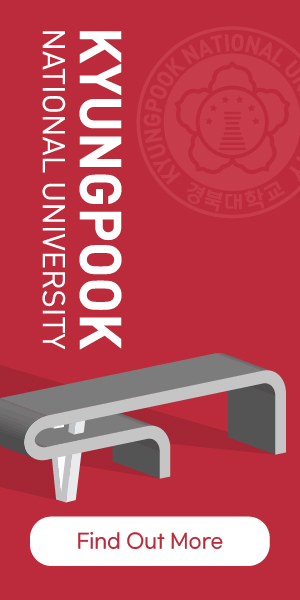- A robust observer-based sensor fault-tolerant control for PMSM in electric vehicles
DOI: www.doi.org/10.1109/TIE.2016.2590993
Vehicular accidents have inspired active research in the design of driver assistance systems in electric vehicles (EVs) that can help ensure safety while driving. However, these systems are not entirely free of sensor or actuator faults. In a new study, a multinational team of researchers investigated the problem of automatic speed tracking control in EVs and proposed a reconfiguration scheme based on ‘higher order sliding mode observer’ to maintain good sensor fault-tolerant speed tracking control. Their findings, if applied, could ensure uninterrupted vehicle-safe operations and reduce driver fatigue.

- Output feedback active suspension control with higher order terminal sliding mode
DOI: www.doi.org/10.1109/TIE.2016.2611587
Passenger comfort in a running vehicle is ensured by the vehicle’s suspension system. To ensure sustained passenger comfort, a multinational team of researchers has proposed an output feedback active suspension control scheme while maintaining road-holding of the vehicle. Their proposed design applies the ‘recursive derivative nonsingular terminal sliding mode approach’ to design the controller and shows improved suspension performance in terms of both time and frequency in simulation studies.

- Two-dimensional Ti3C2Tx MXene nanosheets for efficient copper removal from water
DOI: www.doi.org/10.1021/acssuschemeng.7b02695
Copper (Cu) is a toxic heavy metal pollutant that must be removed from water before use. Adsorption offers a safe technique for Cu removal and current research is focused on identifying improved adsorbent materials. Now researchers in Korea and Qatar have tested the effectiveness of two-dimensional Ti3C2Tx MXene nanosheets, which are analogous to graphene, and observed superior Cu removal owing to the large specific surface area, hydrophilicity, and unique surface functional properties of these nanosheets.

- Towards sustainable smart cities: A review of trends, architectures, components, and open challenges in smart cities
DOI: https://doi.org/10.1016/j.scs.2018.01.053
As the world aspires for futuristic smart cities, where application of information communication technology and the principles of internet-of-things will ensure increased efficiency of urban operations with minimal human interactions, researchers from Korea and Pakistan discuss the features, generic architecture, composition, and real-world implementations of smart cities, along with the associated potential challenges and prospective opportunities, in a review of extensive literature on smart cities.

- Exploiting IoT and big data analytics: Defining smart digital city using realtime urban data
DOI: https://doi.org/10.1016/j.scs.2017.12.022
For the efficient operation of a smart digital city, the large volume of urban data generated from varied sources must be effectively handled. Accordingly, researchers from Kyungpook National University have established an internet-of-things-based smart city using big data analytics on harvested real-time data from the city. Their proposed system encompasses the stages data generation and collection, aggregation, filtration, classification, preprocessing, computing, and decision making, and its scalability and real-time applicability were described using the Hadoop ecosystem in a real environment.

- Microglia-astrocyte crosstalk: An intimate molecular conversation
DOI: www.doi.org/10.1177/1073858418783959
Microglia sense changes in the central nervous system (CNS) and restore tissue homeostasis, besides serving as the primary immune cells of the CNS. They also regulate the innate immune functions of astrocytes, another major glial cell in the mammalian CNS. In turn, astrocytes regulate microglial phenotypes and functions via their secretions. Researchers from Kyungpook National University now review the molecular interactions of these cells to understand their concerted orchestration of diverse neurological processes, ranging from brain development to neurological dysfunction.
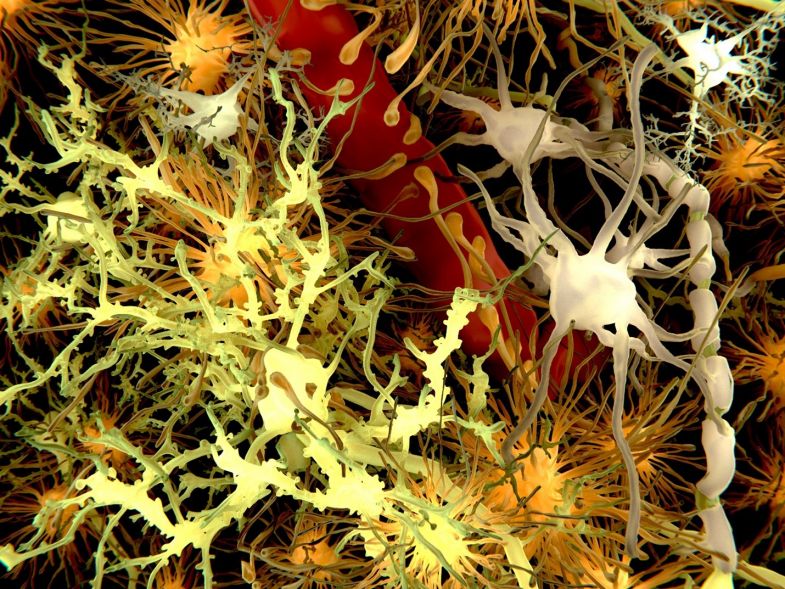
- Circulating exosomal noncoding RNAs as prognostic biomarkers in human hepatocellular carcinoma
DOI: www.doi.org/10.1002/ijc.31931
Hepatocellular carcinoma is the third leading cause of cancer-related deaths and is particularly detrimental for patients with chronic liver disease. Now scientists in Korea have found that certain circulating exosomal noncoding RNAs (miRNA-21 and lncRNA-ATB) are novel prognostic markers of hepatocellular carcinoma, suggesting potential therapeutic targets for the disease.

- Removal of heavy metals from water sources in the developing world using low-cost materials: A review
DOI: https://doi.org/10.1016/j.chemosphere.2019.04.198
Heavy metal contamination of water is a growing concern in the developing world owing largely to the spate of industrial and urban development in these countries but no adequate measures in place to check the resultant pollution. Although decontamination through activated carbon absorption, membrane filtration, and electrocoagulation is possible, the prohibitive cost of these methods limits their application in developing countries. In a new article, researchers from Korea have summarized existing research on heavy metal removal focusing on affordable absorbents for utilization in the developing world.
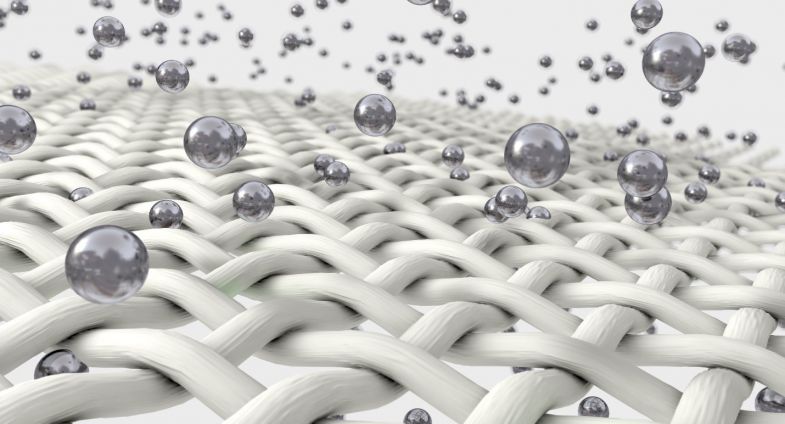
- Assessment of socioeconomic inequality based on virus-contaminated water usage in developing countries: A review
DOI: https://doi.org/10.1016/j.envres.2020.110309
Clean water is a basic necessity for humans and provision of clean water to every human is recognized as one of United Nation’s sustainable development goals (SDG-6). However, this basic right is unmet for many people in the developing world, who are often compelled to subsist on virus-contaminated water. Researchers from Kyungpook National University have now reviewed the socioeconomic factors contributing to the inequality in terms of access to clean water in the developing nations, with recommendations for mitigation of water pollution at the source.

- Improved bioavailability and high photostability of methotrexate by spray-dried surface-attached solid dispersion with an aqueous medium
DOI: https://doi.org/10.3390/pharmaceutics13010111
Researchers in Korea have devised a novel strategy to improve the bioavailability and stability of methotrexate, a highly lipophilic and photo-unstable drug. They fabricated surface-attached solid dispersion of methotrexate through spray-drying in an aqueous medium without organic solvents and reported remarkable enhancement of the solubility and oral bioavailability of the drug without compromising its photochemical stability.

- Obesity and its metabolic complications: The role of adipokines and the relationship between obesity, inflammation, insulin resistance, dyslipidemia and nonalcoholic fatty liver disease
Doi: www.doi.org/10.3390/ijms15046184
The excess production of adipose tissue in obesity is accompanied with an increased production of adipokines—bioactives associated with increased inflammation, among other complications. Since the association between obesity and metabolic disorders like insulin resistance, dyslipidemia, and non-alcoholic fatty liver disease is also well established, researchers from Korea have reviewed existing literature to identify the role of several adipokines associated with obesity and their potential effect on obesity-related metabolic disorders.
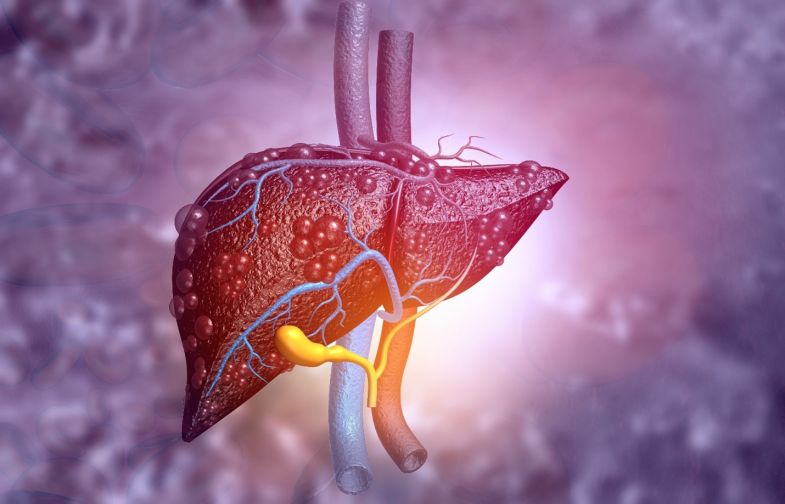
- Vascular calcification—new insights into its mechanism
DOI: www.doi.org/10.3390/ijms21082685
Vascular calcification (VC), wherein calcium-phosphate complexes are deposited in the blood vessels, is associated with cardiovascular disease. Chronic inflammation, autophagy defects, endoplasmic reticulum stress, and mitochondrial dysfunction and dynamics have all been implicated in VC pathogenesis. To consolidate the existing knowledge on VC pathogenesis, researchers from Korea have now authored an extensive review that provides a detailed updated molecular mechanism of VC.
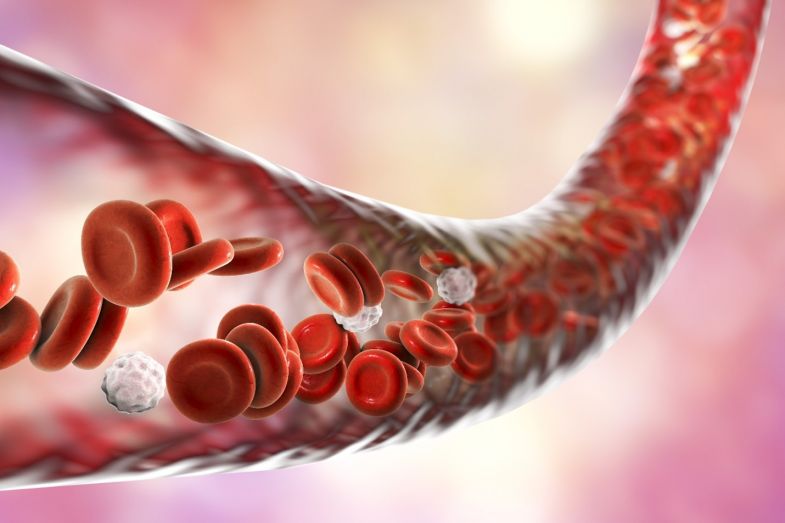
- Functional polarization of neuroglia: Implications in neuroinflammation and neurological disorders
DOI: http://dx.doi.org/10.1016/j.bcp.2015.11.003
Human brain is a wonderfully dynamic organ that changes over time. Implicated in its dynamicity are the glial cells, particularly microglia and astrocytes, which react to diverse microenvironmental signals and maintain brain functioning under varied neuropathological conditions. Researchers from Kyungpook National University have reviewed recent studies to understand the functional polarization of the brain and peripheral glia and their involvement in neuroinflammation and neurological disorders, which could help further research on identifying novel neuroinflammation markers and therapeutic strategies.
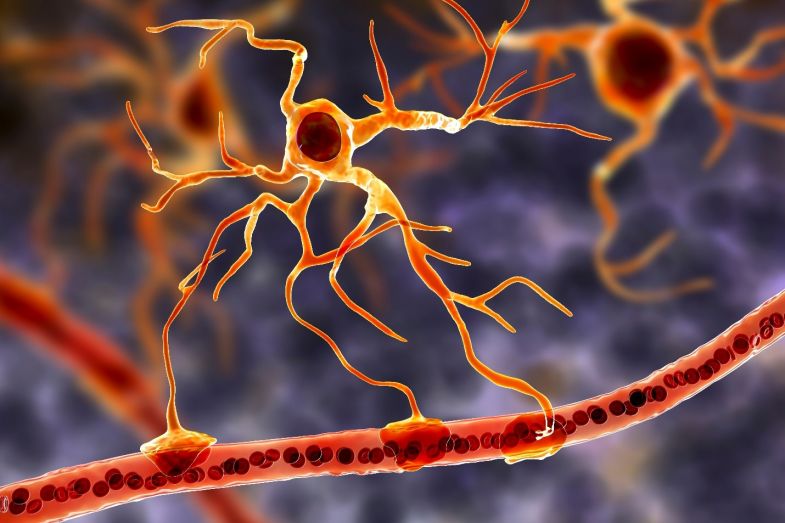
- A new approach for loading anticancer drugs into mesenchymal stem cell-derived exosome mimetics for cancer therapy
DOI: www.doi.org/10.3389/fphar.2018.01116
Synthetically personalized exosome mimetics (EMs) are being considered as alternative vesicles for customized drug delivery. Now researchers from Kyungpook National University have successfully isolated EMs from human bone marrow-derived mesenchymal stem cells and used these EMs for drug delivery to treat breast cancer cells both in vitro and in vivo. Their study suggests the suitability of using these EMs as drug delivery vehicles to treat cancers and other diseases.

- Silicon regulates antioxidant activities of crop plants under abiotic-induced oxidative stress: A review
DOI: www.doi.org/10.3389/fpls.2017.00510
Silicon is actively absorbed by plants and is known to boost different physiological processes, including growth, development, and optimized enzymatic action. In addition, the exogenous application of silicon also helps plants cope with oxidative stress, electrolyte leakage, and uptake of toxic ions. Researchers in Korea have now reviewed the interaction of silicon and plant antioxidant enzyme systems to better understand how silicon helps with stress response in plants.





















